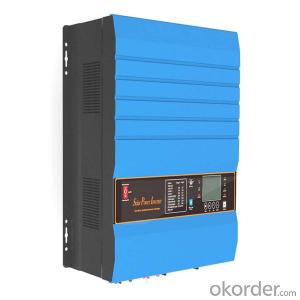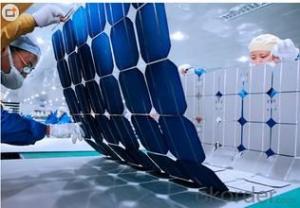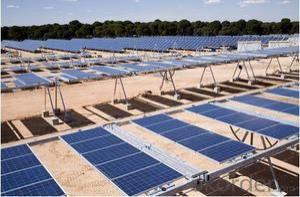Abb 10kw Solar Inverter
Abb 10kw Solar Inverter Related Searches
Ac Inverter For Solar Panels Solar Panel With Ac Inverter Gas Furnace With Ac Panda Hot Water Bottle Cover Minion Hot Water Bottle Cover Abb Solar Water Pump Inverter Solar Water Pump Philippines Extra Long Hot Water Bottle Solar Panel Dc To Ac Inverter Old Fashioned Hot Water BottleHot Searches
Power One Solar Inverter Price 20kw Solar Inverter Price 10kw Solar Inverter Price Solar Inverter 10kw Price Solar Power Inverter Types Solar Power Inverter Suppliers Solar Inverter Emergency Power Solar Power Inverter Companies Power Factor Solar Inverter Solar Inverter Power Factor Solar Inverter Backup Power Tesla Solar Power Inverter Us Solar Module Manufacturers Solar Inverter Hybrid 10kw Type Of Inverter For Solar Types Of Inverter For Solar Used Solar Inverter For Sale Inverter Size For Solar System Solar Edge Inverter For Sale 5kw Solar Inverter For SaleAbb 10kw Solar Inverter Supplier & Manufacturer from China
Okorder.com is a professional Abb 10kw Solar Inverter supplier & manufacturer, offers integrated one-stop services including real-time quoting and online cargo tracking. We are funded by CNBM Group, a Fortune 500 enterprise and the largest Abb 10kw Solar Inverter firm in China.Hot Products
FAQ
- A single-phase solar inverter is designed to convert the DC power generated by solar panels into AC power for use in a single-phase electrical system. It is suitable for smaller residential installations. On the other hand, a three-phase solar inverter is capable of converting DC power into AC power for use in a three-phase electrical system. It is typically used in larger commercial or industrial solar installations. The main difference lies in the electrical system they are compatible with and the scale of the solar installation they can support.
- Yes, a solar inverter can be used with a solar-powered air conditioning system. A solar inverter is responsible for converting the direct current (DC) produced by solar panels into alternating current (AC) that can be used to power appliances. In the case of a solar-powered air conditioning system, the solar inverter enables the AC produced by the solar panels to be used by the air conditioning unit. This allows for the efficient use of solar energy to power the air conditioning system, reducing reliance on the grid and promoting sustainability.
- Yes, a solar inverter can be used with a solar-powered air cooling system. The solar inverter is responsible for converting the direct current (DC) generated by the solar panels into alternating current (AC) that can be used to power the air cooling system. This allows the system to operate efficiently using solar energy.
- Yes, a solar inverter can be used in a ground-mounted solar tracking system. The solar inverter is responsible for converting the direct current (DC) generated by the solar panels into alternating current (AC) that can be used to power electrical devices or be fed back into the grid. Whether the solar panels are fixed or mounted on a tracking system, the inverter's function remains the same.
- A solar inverter is designed to handle different temperature conditions by employing various thermal management techniques. It typically has built-in cooling systems such as fans or heat sinks to dissipate excess heat. Additionally, advanced inverters may employ temperature sensors to monitor the internal temperature and adjust their operations accordingly. These temperature compensation features allow the inverter to maintain optimal performance and efficiency across a wide range of temperature conditions.
- Yes, a solar inverter can be used with a single solar panel. The purpose of a solar inverter is to convert the direct current (DC) generated by the solar panel into usable alternating current (AC) electricity. Whether you have one or multiple solar panels, a solar inverter is necessary to convert the DC power into AC power that can be used to power electrical appliances or be fed back into the grid.
- The role of a voltage regulator in a solar inverter is to maintain a consistent and stable output voltage despite fluctuations in the input voltage from the solar panels. It ensures that the electricity generated by the solar panels is converted and delivered to the connected devices or grid at the required voltage level, preventing any damage to the devices and optimizing the overall efficiency of the solar power system.














































